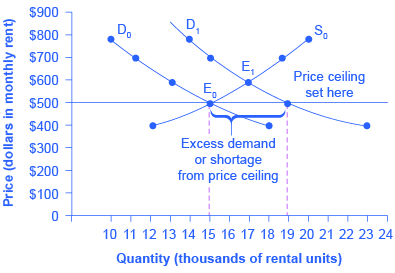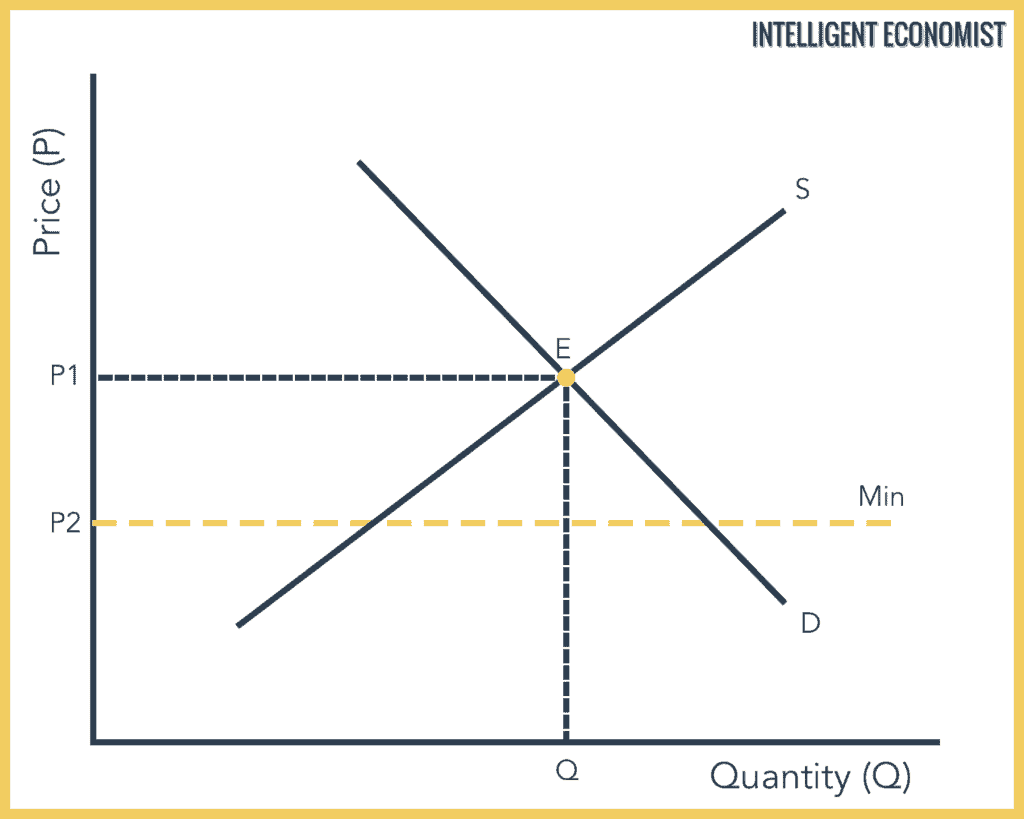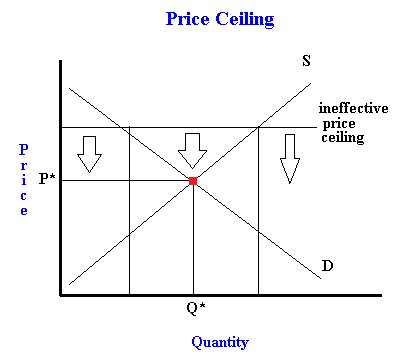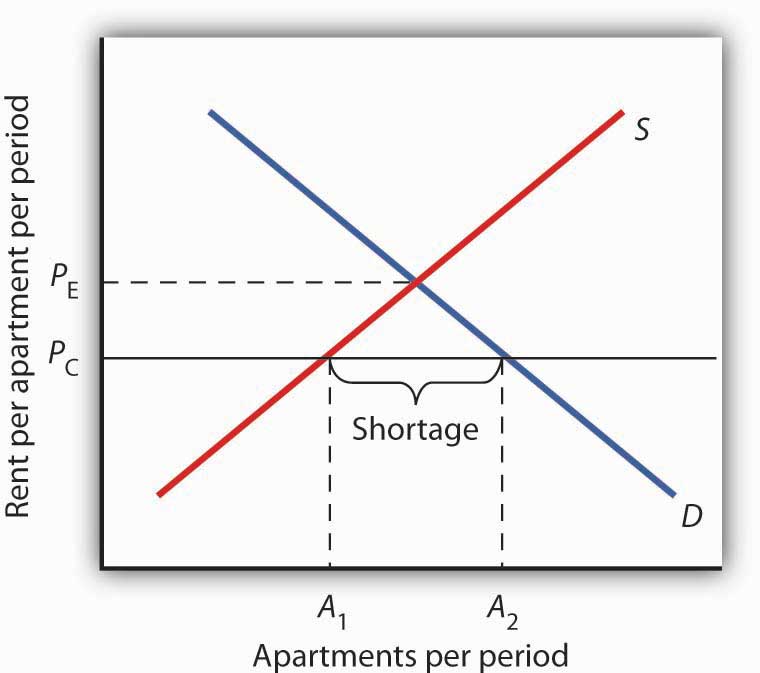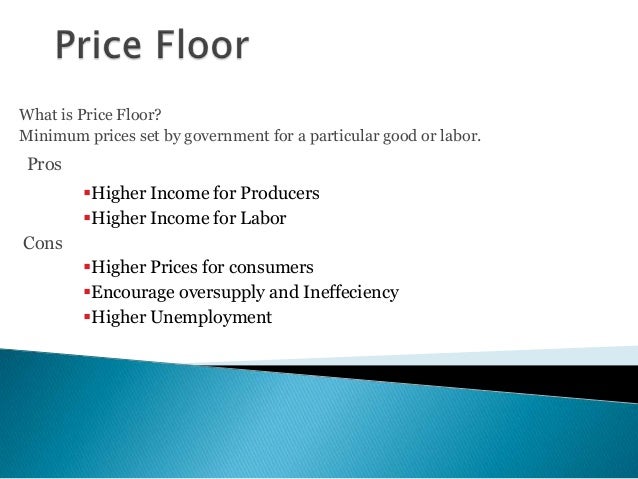In pharmacology a ceiling effect is the point at which an independent variable which is the variable being manipulated is no longer affecting the dependent variable which is the variable being measured.
Define floor ceiling effects.
The other scale attenuation effect is the floor effect the ceiling effect is observed when an independent variable no longer has an effect on a dependent variable or the level above which variance in an independent variable is no longer measurable.
It essentially describes when the dependent variable has leveled out and is no longer responding to the independent variable.
The ceiling effect is one type of scale attenuation effect.
Let s talk about floor and ceiling effects for a minute.
An example of use in the first area a ceiling effect.
The floor effect is a test measure that won t go below a certain point.
There is very little variance because the floor of your test is too high.
The specific application varies slightly in differentiating between two areas of use for this term.
The term ceiling effect has two distinct meanings referring to the level at which an independent variable no longer has an effect on a dependent variable or to the level above which variance in an independent variable is no longer measured or estimated.
This is even more of a problem with multiple choice tests.
The inability of a test to measure or discriminate below a certain point usually because its items are too difficult.
A floor effect is when most of your subjects score near the bottom.
This lower limit is known as the floor.
The other scale attenuation effect is the ceiling effect.


